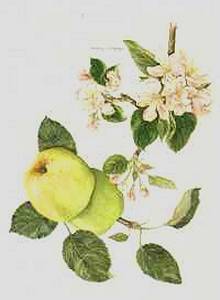Like many readers of romance, I love fashion. I enjoy a good runway show—no matter when or where it is—and have been known to spend hours leafing through pages of fashion dos and don’ts or scrolling through hundreds of of red-carpet favorites and flops.
When I write historical romance, I always include a bit of fashion for my like-minded readers. Of course, I want the wardrobes of characters to be historically accurate (with only a little writer’s license from time to time), but I also want them to be fabulous. Or not.

In a scene I just finished last week, it was important to have my heroine’s friend be…how to say this kindly…fashion impaired—especially when it came to choosing colors for her various costumes. Perhaps the friend is color-blind? Unclear. But what is clear is that my heroine (herself an artist) is contemplating an intervention. (I believe it was the primrose yellow gown with the puce trim that did it. Did you know that “puce” is French for flea?)
All of which brings me to what I really wanted to write about today: the regency color palette. For many reasons—some of which I hope to explore in future posts—color choices for ladies (and gentlemen) in the regency period were different from the colors we know and love today. Some differences make sense—Atomic Tangerine and Alien Armpit (actually a very nice sage green)—would likely have more of a following in the 20th century than with the regency set. Not to mention that every once in a while the “ingredients” used to create some of the most vivid colors turned out to be toxic. Other differences in color names and hues are simply because of the materials, methods, and motivations of the time. For example, it was rare to see clear shades of blue because the mixture of cobalt and copper used to create the color was easily washed out of the fabric. (The Victorian period saw more vivid blues because of the colorfast dyes.
My favorite website for sparking my color imagination is the Regency England section of hibiscus-sinensis.com. Not only do you get to see the popular colors of the day, but the authors have included interesting tidbits in their descriptions, as well as lots of notes in case you want more.
And trust me when I tell you that evening primrose and puce will never live happily ever after—even in a romance.